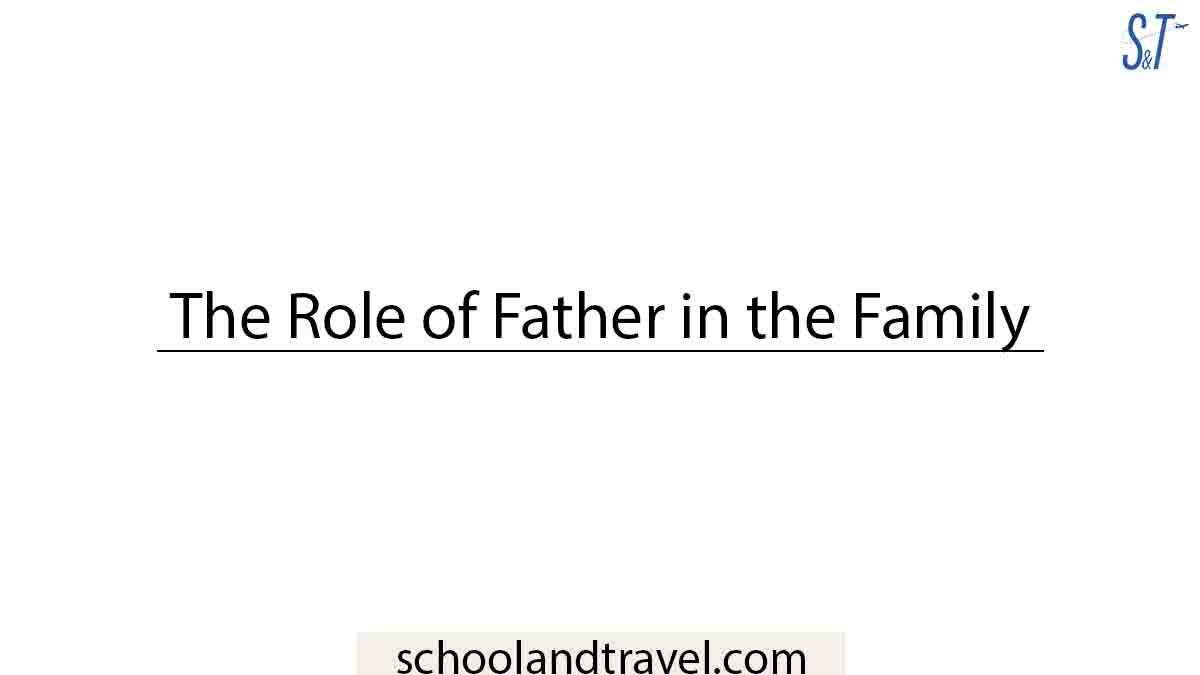The Gesell Test is a means parents, pediatricians, and educators use to determine a child’s skill level.
As children move from being infants to entering elementary age, they pass through many important developmental and emotional changes.
Measuring children’s skill levels as they grow older and prepare for school can be beneficial in several ways.
By measuring their language, adaptability, and social skills, a parent can determine where their child might need more help keeping up with their peers or where they might be ahead and continue developing those skills.
This article will cover everything you need about the Gesell Test, including its categories, study tips, and drawbacks.
What is Gesell Test?
The Gesell Test, also known as the Gesell Developmental Observation, is an assessment designed to evaluate the growth and development of children.
Based on Dr. Arnold Gesell’s research, this test focuses on various domains, including motor skills, cognitive abilities, and language development.
By observing a child’s behavior and performance in specific tasks, professionals can gain insights into the child’s maturity level and developmental progress.
The results can help educators and parents make informed decisions about schooling, identify potential developmental delays, and tailor learning experiences to meet the child’s unique needs.
It’s especially useful for determining school readiness or crafting individualized education plans.
How did the Gesell Test come to be?
The Gesell Test’s history goes back to the early 1900s. It is named after the man who developed this psychological test.
Dr. Arnold Gesell developed the Gesell Test in 1925 while he was a professor at Yale University, and it was initially known as the Gesell Developmental Schedule.
His original intention was to measure a child’s relationship with peers regarding social-emotional maturity, language, cognitive, and motor skills.
Categories of scoring Gesell Test
In 2010, the Gesell Institute updated its data with a 3-year national study of 1,300 children aged two and nine months to 6 years and three months.
Moreover, the Gesell Test is a comprehensive multi-dimensional test system.
The Gesell Test uses direct observations from a licensed tester to examine a child’s social-emotional maturity, language, cognitive, and motor responses in five parts.
The five categories of Gesell tests are:
- Comprehension/Language
- Adaptive/Emotional/Social
- Development
- Spatial/Visual
- Numbers/Letter
How is the Gesell Test scored?
Scoring of the Gesell Test is based on two factors:
- Developmental age
- Performance level rating
This developmental age is determined by calculating the child’s Gesell Test score and actual chronological age.
At the same time, the performance level rating is divided into three categories. They are:
- Age-appropriate
- Concerns
- Emerging
Together, they create the child’s emotional, intellectual, social, and physical standing about other children in the child’s age group.
Read this: TABE Score (Meaning, TABE format, Calculation, Breakdown of Score)
How to prepare for the Gesell Test
Samples of the Gesell test are readily available online, but there are some basic things parents and guidance can do to ensure their kids are ready for the Gesell Test:
- Start with the simple parts and make taking the test as fun and interesting as possible.
- Prioritize the child’s interests when preparing for practical lessons for the Gesell Test.
- Spend a short period each day working on specific skills related to the Gesell Test.
- If the child likes bricks, use them to increase reading, spelling, and motor skills.
- Create games that encourage specific skills like writing, storytelling, and social interaction.
What You Should Know About the Gesell Test:
1. Practicing Fine Motor Skills:
To practice fine motor skills, get the child to compose puzzles, turn the pages of a book, or any other activity that uses finger dexterity to measure success.
You can also test a child’s cognitive skills by having the child construct a tower of blocks using different colors or shapes.
Have them count and explain what they are constructing to match cognitive and language skills as they work on fine motor skills.
2. Gesell Test Writing Skills:
The Gesell test for infants emphasizes writing. Specifically, the test will help the kids to write their names.
One of the best ways to practice the test writing skill is to create a craft with little items, such as beads, beans, or pasta, and have the child write his or her name on the finished work.
This is an engaging activity that makes use of spelling and fine motor skills.
3. Craft ideas for practicing language skills:
Ask the child to talk about the crafts or tell a tale about the item or picture in the making. This will help the child improve his or her language skills.
If your child has learned to read, have them read to you before they go to bed.
Help the child pronounce some difficult words. Also, set aside a few minutes to read to your child to help develop the child’s listening skills and academic strength.
4. Gesell’s Theory
Gesell’s theory also means the “Theory of maturational development.” It has been the basis of almost all other theories of human development since Gesell.
Dr. Gesell investigated and documented the developmental phases of children’s growth before coming up with the idea, demonstrating that all children pass through identical and predictable sequences, yet each child moves through these sequences at their own pace.
This process comprises both external and internal factors. Intrinsic factors comprise learning styles, genetics, personality, temperament, and mental and physical growth.
At the same time, development is also affected by cultural influences, family background, parenting style, health conditions, environment, and early experiences with adults and peers.
Drawbacks of the Gesell Test
Even as much as Gesell’s Test has undergone many years of intensive use and many revisions, the test suffers from many psychological test weaknesses and has not lived up to acceptable measures of psychological test standards.
As a result, the interest and use of the test have declined as time went by.
The first problem with the scale is that the standardization sample is grossly insufficient.
Even as much as the Gesell Institute collected data sometime in 2010 to support the Gesell Test, the sampling didn’t do much to enhance the test standards.
Secondly, the test manual has no proof of reliability or validity.
Third, testing guidelines are sometimes vague, and scoring procedures questionable, although the latest scale provides an improved and updated screening tool.
Fourth, the scale lacks enough evidence to predict future intelligence, although it can get an early estimate of possible mental retardation.
FAQs on Gesell Test
The Gesell Test, or Gesell Developmental Observation, assesses the developmental behaviors in children. It’s based on the works of Dr. Arnold Gesell and looks at a child’s performance in motor and cognitive tasks relative to their age.
The test helps educators, parents, and professionals understand a child’s developmental stage. It can guide educational planning, determine school readiness, or identify potential developmental delays.
The Gesell Test is typically used for children between 2.5 and 9 years old, though its relevance might vary based on the specific context and the child’s individual needs.
No, the Gesell Test is just one tool among many. While it offers insights into a child’s developmental stage, comprehensive evaluations usually involve multiple tools and observations for a fuller understanding.
Conclusion
The objectives of the Gesell Test heavily depend on the child’s age. For a newborn baby, tests can detect neurological problems, such as cerebral palsy.
The test is frequent in infants to reassure parents or to establish the nature of the issues early enough to hope for a treatment.
As the kid matures, the test can assist in identifying academic and social issues, allowing them to be addressed in a timely manner.
Awesome one; I hope this article answers your question.
Share this Information.
Editor’s Recommendations:
- Do College Dorms Allow Reptiles? (Yes/No, FAQs)
- 19+ Social Development Strengths and Weaknesses List (FAQs)
- Can Teachers Have Tattoos? (UK, US, Canada, Tips, FAQs)
- How to Balance Relationships and Studies (Tips, Reasons, FAQs)
- Are Honorary Degrees Stupid? (Yes/no, Reasons, FAQs)
- 5 Major Similarities Between Management and Administration




